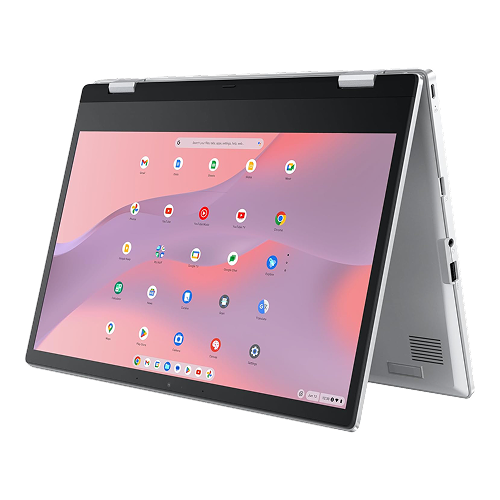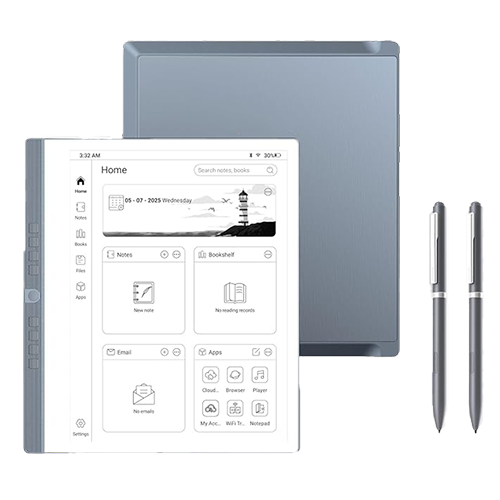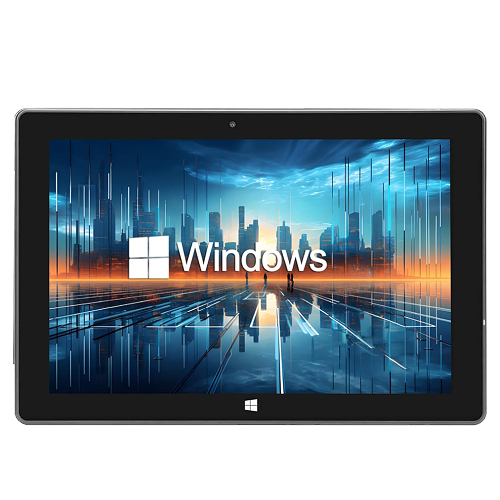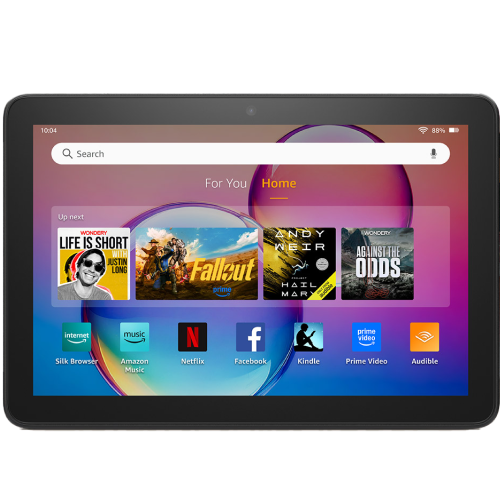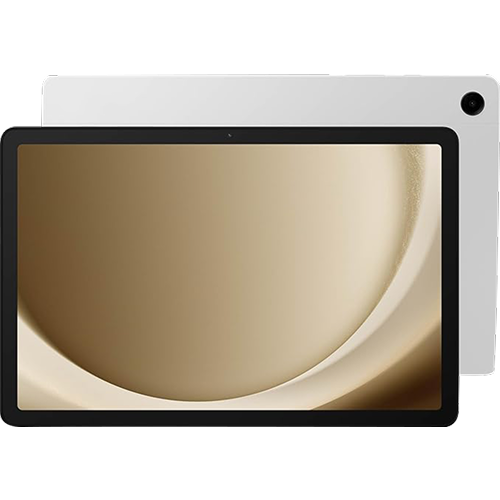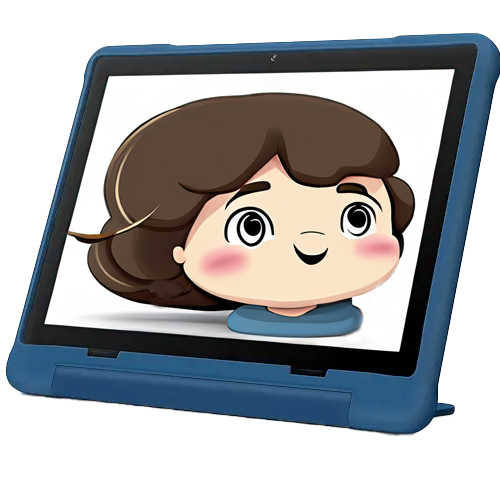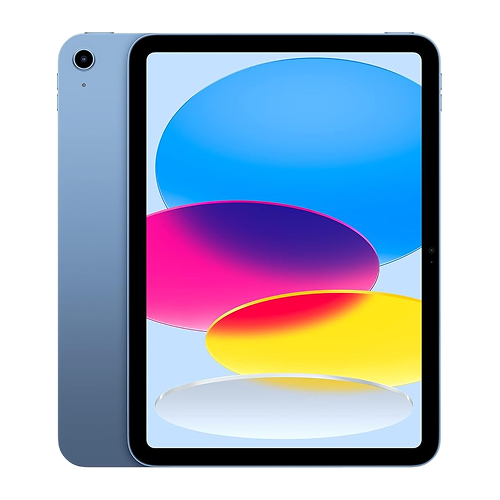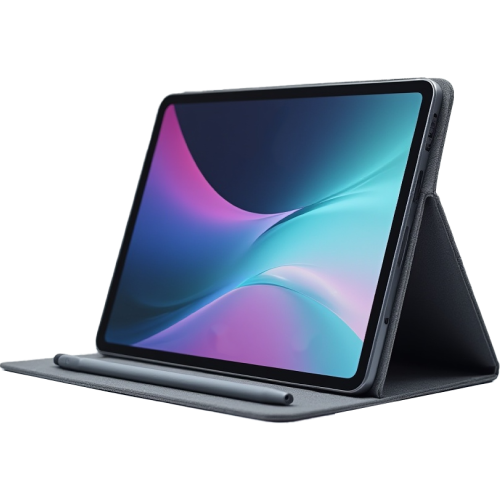Foldable tablets are at the forefront of mobile design, offering both the convenience of a phone and the workspace of a tablet. Their flexible OLED screens and engineered hinges let you switch between compact and expansive modes whenever you want.
This guide explains what makes foldable tablets unique, which specifications matter most, and how to choose the right one for your needs. For more general guidance on Tablets, see our complete Tablet Buyer’s Guide.
Unique Features of Foldable Tablets
Foldable tablets stand apart from standard tablets thanks to several groundbreaking features.
Flexible Display Technology
The defining element is a foldable OLED display, often reinforced with Ultra Thin Glass layered under protective coatings. This structure feels like glass yet bends without shattering.
Early models relied on plastic-only screens, but modern ones with UTG provide better durability and a smoother touch. You gain the benefit of a large, vivid display that folds down for portability.
Hinge Mechanism and Design
A durable hinge ensures the device can be opened and closed hundreds of thousands of times. Most foldables fold inward like a book, shielding the display, while a few fold outward, keeping the screen exposed.
High-end designs reduce the gap between the folded halves, easing pressure on the screen and softening the crease. Many manufacturers test their hinges for over 200,000 folds, equal to years of use. Despite this, it’s smart to keep dust and debris away from the mechanism.
Visible Crease
Every foldable display shows a crease where it bends. Some designs hide it better than others, but it usually fades from notice during everyday use. It’s most visible at certain angles or when the screen is off.
Modern “waterdrop” hinges let the screen curve more gently, making the crease shallower. While not fully removable, a less obvious crease adds to the premium feel.
Multi-Mode Versatility
Foldables adapt to many roles. Fully opened, they resemble a small tablet ideal for video, gaming, or multitasking. Half-folded, they can function like a mini laptop for typing or video calls.
When closed, they shrink to phone size, often with a front display for quick use. This flexibility makes them useful across work, entertainment, and creative contexts.
Under-Display Cameras and Other Innovations
To maximize screen space, some foldables hide front cameras beneath the display. While not as sharp as traditional selfie cameras, these under-display lenses work well enough for calls and casual use, leaving the screen uninterrupted for media.
On the software side, foldables often feature custom modes such as split-app layouts, touchpad simulation, or advanced multitasking. Combined, these traits deliver capabilities flat tablets cannot match.
Key Specs & Features Explained
Display Quality and Smoothness
The display is the centerpiece, so resolution and refresh rate are crucial. Aim for at least Full HD+ or QHD to keep visuals sharp. OLED panels bring high brightness, contrast, and vibrant colors. Refresh rates of 90Hz or 120Hz make scrolling smoother and stylus input more responsive.
Also note the aspect ratio, since some models open more square for documents while others are rectangular for widescreen video. Screen quality carries the most weight in our evaluations.
Processor and Performance
Most foldables carry flagship mobile processors or laptop-class chips, ensuring smooth performance across apps and multitasking.
A strong processor prevents slowdown and helps the device remain usable for years of updates. It matters for gaming, creative tools, and productivity apps. High-performance chips are weighted heavily in scoring.
Memory (RAM)
More screen space means more multitasking, so memory is key. 8GB of RAM is the minimum, while 12 GB or more is common at the high end. This ensures apps stay ready in the background and switching between tasks feels instant. While not the sole factor in speed, memory plays a major role in fluid multitasking.
Battery Life
Foldable screens consume more energy, so battery capacity is critical. Most models aim for all-day usage, around 7-10 hours of active screen time. Usage patterns, such as high brightness or 120Hz refresh, affect endurance.
Many foldables recharge quickly, though charging speeds can be slower than regular phones. Battery life is scored highly in our scoring system, since longevity defines usability.
Storage (and Expandability)
Foldables often start at 256 GB storage, with higher tiers available. Expandable storage via microSD is rare, as slim builds and water resistance take priority. If you store large amounts of media, select a higher storage tier, since upgrades later are difficult.
Storage has medium scoring weight in our scoring system – important but not always deal-breaking.
Connectivity and Accessories
Most foldables support 5G for mobile internet, but this can shorten battery life. Look for the latest Wi-Fi standards and Bluetooth for smooth accessory pairing.
Stylus and keyboard support greatly expand utility, whether for note-taking, art, or laptop-like use. Some models include accessories, others sell them separately. Accessory support earns moderate scoring value in our ratings.
Camera Quality
Foldables rarely match the very best camera phones but still deliver solid photos and video calls. Premium models may rival last year’s flagship phones with wide, ultrawide, and telephoto lenses.
Since cameras are not the main selling point, they receive lower scoring emphasis. Still, if photography matters, check reviews for specific models.
Must-Have Features
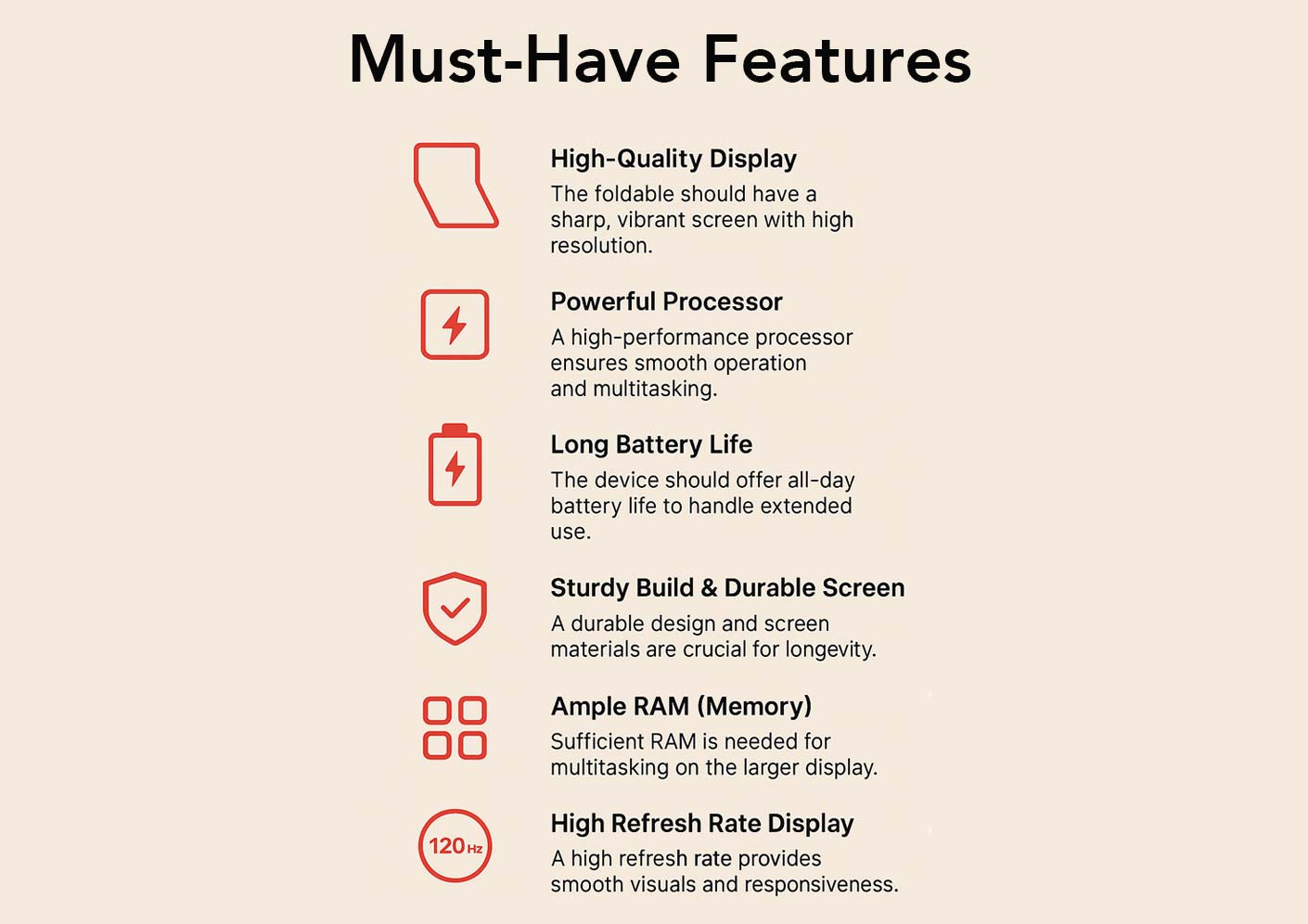
Certain features are essential and should top your priority list.
- High-Quality Display: Crisp resolution, OLED technology, and strong brightness are mandatory. Since the display is the focal point, its quality determines the foldable’s value.
- Powerful Processor: A fast chipset ensures smooth daily use, heavy apps, and multitasking without lag.
- Long Battery Life: Expect at least a full day of use. Devices that manage energy efficiently are far more practical.
- Sturdy Build and Durable Screen: Strong hinges, UTG displays, and possibly water resistance give peace of mind. Foldables should feel secure, not fragile.
- Ample RAM: 8GB minimum for Android foldables, 16 GB recommended for Windows foldables.
- High Refresh Rate: A 90Hz or 120Hz screen makes interaction smooth and improves stylus use.
Nice-to-Have Features
These features are beneficial but secondary to the essentials.
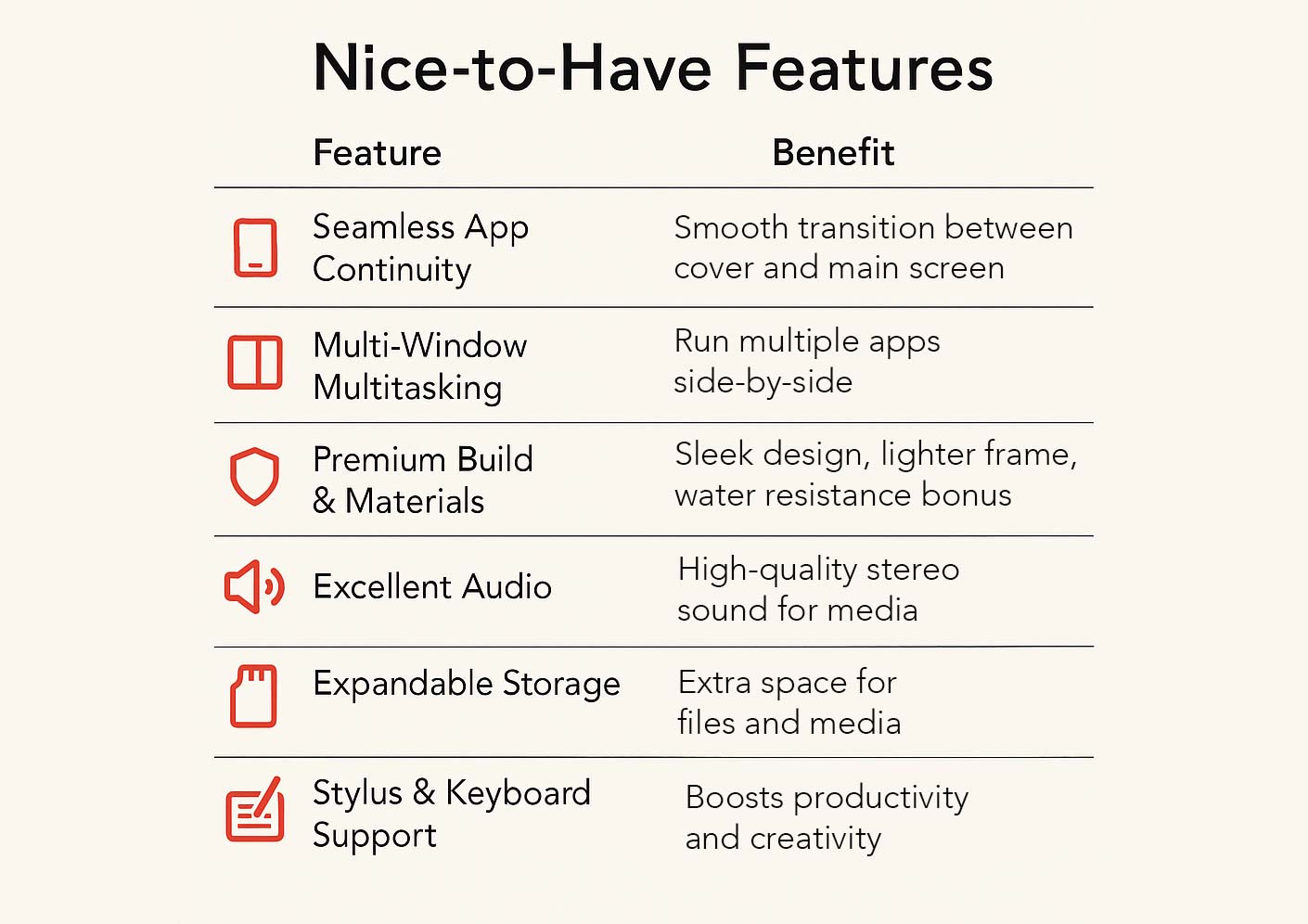
- Seamless App Continuity: Apps should switch smoothly between cover and main screens.
- Multi-Window Multitasking: Support for running multiple apps side by side enhances productivity.
- Minimal Crease and Polished Hinge: Less visible creases and gapless hinges add refinement.
- Premium Build and Materials: Lightweight frames, elegant design, and water resistance elevate quality.
- Excellent Audio: Dual or stereo speakers improve media enjoyment.
- Expandable Storage: Rare but useful for long-term storage needs.
- Stylus and Keyboard Support: Boosts productivity and creativity.
Recommended Picks Compared
Several foldables released in late 2024 and 2025 stand out:
- Samsung Galaxy Z Fold6 (July 2024): Enhanced hinge with UTG, smooth OLED display, Snapdragon 8 Gen 3, cover screen, stylus compatibility.
- Samsung Galaxy Z Fold7 (July 2025): Thinner, lighter, 8-inch main display, larger cover screen, premium materials, high refresh rates.
- Google Pixel 10 Pro Fold (2025): IP68 dust/water resistance, 8-inch inner screen, upgraded hinge, Tensor G5 processor, strong cameras.
- Lenovo ThinkPad X1 Fold 16″ (2024): Large foldable PC with 16.3-inch OLED, stylus and keyboard support, designed for professionals and creators.


